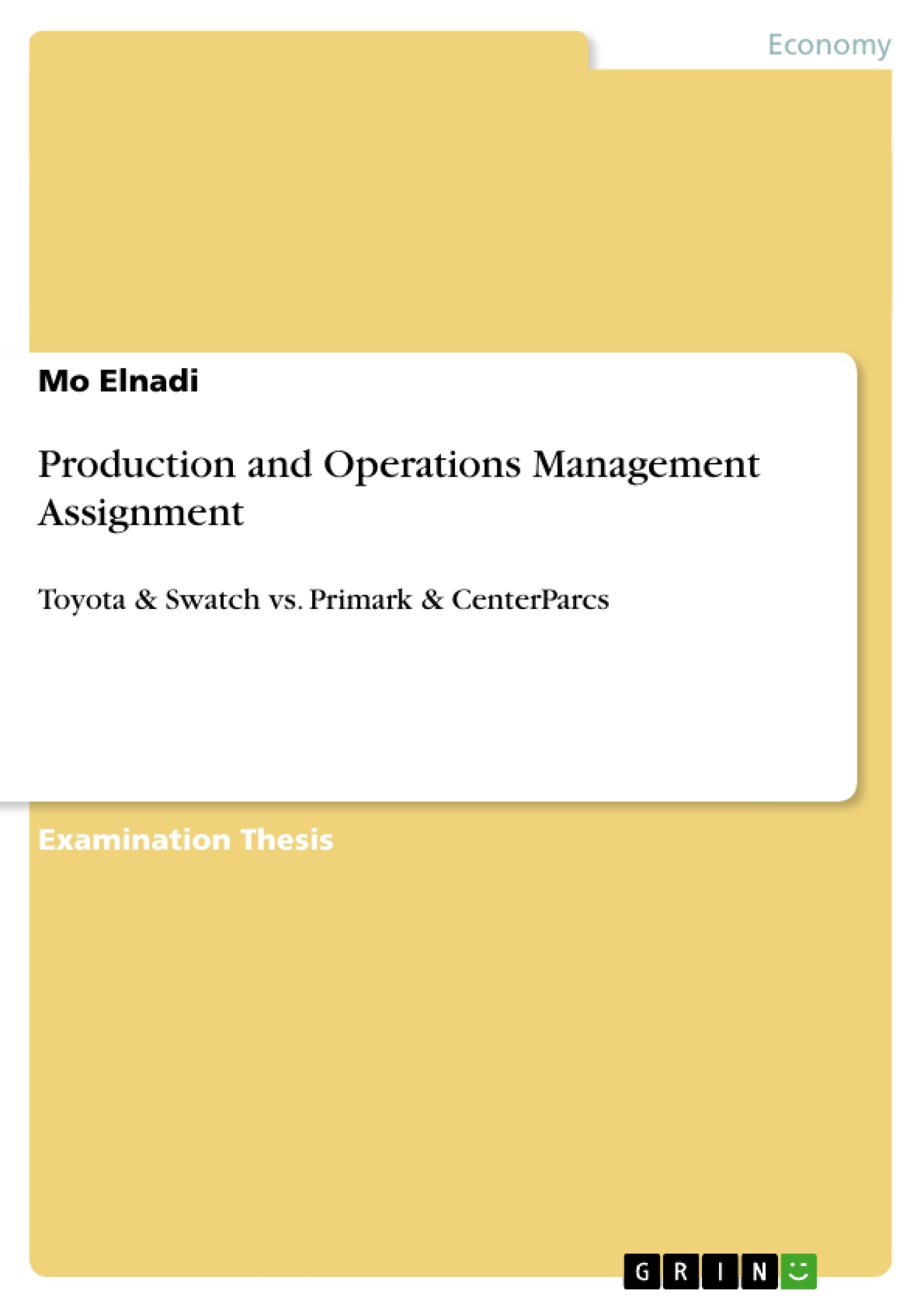Operations strategy can be defined as the strategic decisions and tactics which set the role, objectives and activities of a firm. It derives from the firm’s capabilities, resources and processes, seeking to deliver competitive advantage to winning customers through meeting their needs. Competitive factors that are significant in winning customers’ business are order winners. Improvements of these factors will likely result in gaining more business to the firm. In order for a firm to have a competitive advantage, it must understand and provide products and services whose factors create order winners for its customers. As a precursor, factors which customers have a certain minimum expected level from are defined as order qualifiers that firms should conform to. Therefore business decisions should be thought of in terms of order winning and order qualifying criteria, designed to win customers and drive business growth to the firm.
A firm can outperform rivals only if it can establish a difference that it can preserve. This could be delivering great value to customers or creating comparable value at a lower cost, or both. Such differentiation arises from both the choice of performance objectives activities and how they are performed, or deliberately choosing a different set of activities to deliver a unique mix of value or perform similar operational activities better than rivals.
Operations managers should decide on which of the sub-dimensions of these five performance objectives (Figure 1) they wish to excel at, and how they are going to configure the operation to do so.
Figure 1: The Multiple Dimensions of the
Five Operations Performance Objectives
The goal of this paper is to investigate and compare operations strategies of two manufacturing-based and two service-based companies. The paper takes an integrated evaluation approach of each firm’s prioritised performance objectives from a requirements and operations capability point of view, as well as focusing on line of fit strategy and tactics to achieve competitive advantage through examining their process design, capabilities management and resources management.
Inhaltsverzeichnis (Table of Contents)
- Introduction
- Chosen organisations
- Primark
- CenterParcs
- Swatch
Zielsetzung und Themenschwerpunkte (Objectives and Key Themes)
This paper aims to investigate and compare the operations strategies of two manufacturing-based and two service-based companies. It takes an integrated evaluation approach by examining each company's prioritized performance objectives from a requirements and operations capability perspective. The paper also focuses on the line of fit strategy and tactics used to achieve competitive advantage by examining the process design, capabilities management, and resources management of each organization.
- Operations strategies of manufacturing and service-based companies
- Prioritized performance objectives and their impact on operations
- Line of fit strategy and tactics for achieving competitive advantage
- Process design, capabilities management, and resources management
- Case studies of Primark, CenterParcs, and Swatch
Zusammenfassung der Kapitel (Chapter Summaries)
- Introduction: This section introduces the concept of operations strategy and defines order winners and order qualifiers as key factors for achieving competitive advantage. It also discusses the importance of differentiating a firm from its rivals and outlines the five performance objectives that operations managers should consider.
- Chosen organisations: This section introduces the three chosen organizations: Primark (a discount clothing retailer), CenterParcs (a holiday village operator), and Swatch (a global watchmaker). It provides a brief overview of each company's market position, target customer base, and key competitive factors.
Schlüsselwörter (Keywords)
This paper explores the concept of operations strategy, with a focus on achieving competitive advantage. It examines key performance objectives, such as quality, cost, delivery, flexibility, and innovation, and analyzes how they are implemented in different business models. It also explores the importance of process design, capabilities management, and resource management in achieving operational excellence. The case studies of Primark, CenterParcs, and Swatch illustrate the application of these concepts in the retail, leisure, and watchmaking industries.
- Quote paper
- MBA Mo Elnadi (Author), 2009, Production and Operations Management Assignment, Munich, GRIN Verlag, https://www.grin.com/document/129763



